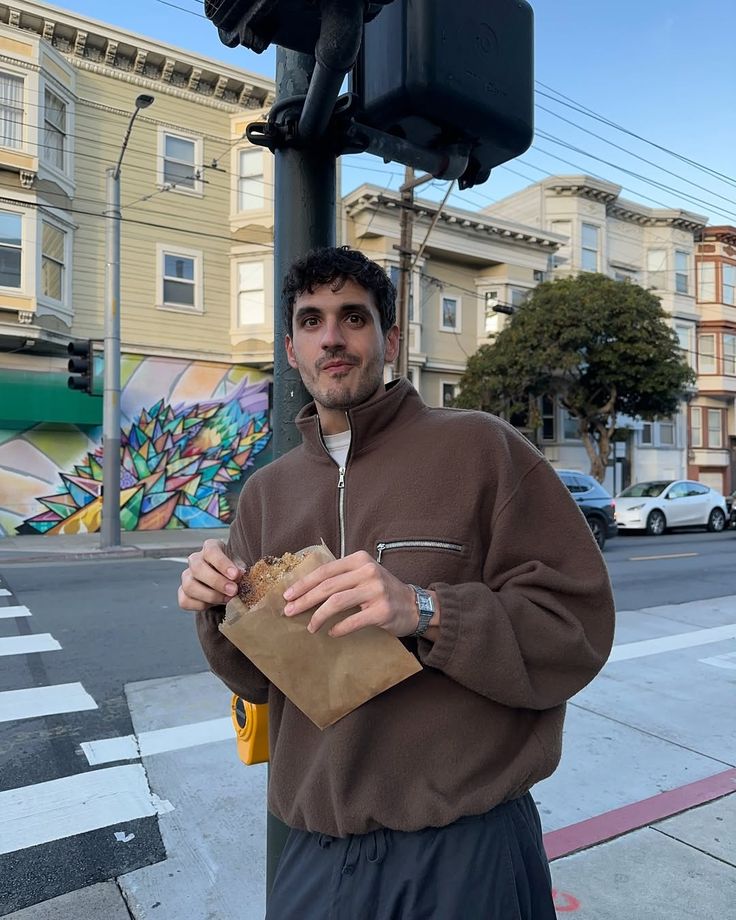
Future-Ready Fits: How Young People Are Dressing in 2025
Introduction
The year 2025 marks a pivotal shift in youth fashion. Today’s young generation navigates an era shaped by climate consciousness, digital acceleration, and evolving social norms. These factors have fostered a distinctive sense of style that merges innovation with personal narrative. The modern youth wardrobe is no longer merely a reflection of trends—it’s a deliberate expression of identity, values, and future-oriented thinking. From tech-integrated garments to upcycled streetwear, what young people wear now signals a broader cultural evolution.
Tech-Infused Apparel as Daily Wear
Young people in 2025 are seamlessly blending technology into their everyday outfits. Smart fabrics that adjust temperature, track biometrics, or adapt to lighting conditions are no longer niche; they are part of mainstream fashion. Brands have begun integrating augmented reality layers into clothing, allowing wearers to change the visual appearance of an outfit using a mobile app. This fusion of fashion and function highlights a growing demand for garments that cater to dynamic lifestyles while emphasizing individuality.
Sustainable Materials and Ethical Choices
The youth of 2025 are champions of environmental and ethical practices. Their fashion choices lean toward biodegradable textiles, recycled synthetics, and plant-based dyes. Transparency in supply chains and carbon-neutral manufacturing have become non-negotiable features for favored brands. These decisions aren’t just rooted in ethics—they also reflect a deep awareness of the climate crisis and a refusal to contribute to wasteful production systems. Apparel that tells a story of eco-conscious innovation resonates powerfully among this demographic.
Streetwear Goes Circular
Once the hallmark of rebellion and self-expression, streetwear in 2025 has evolved to align with sustainability without sacrificing edge. Circular fashion principles—repair, reuse, and redesign—have reshaped the aesthetic and lifecycle of streetwear pieces. Limited-run drops featuring upcycled denim, repurposed outerwear, and modular design have become coveted items. For many young wearers, the appeal lies not only in exclusivity but also in aligning their street credibility with responsible consumption.
Gender-Neutral Fashion as a Norm
Rigid gender categories in clothing have continued to blur, and in 2025, gender-neutral fashion is not a trend—it is a given. Youth-led labels and major houses alike have embraced androgynous tailoring, flowing silhouettes, and multipurpose garments. The result is a wardrobe landscape where individuality takes precedence over conformity, and where clothing empowers self-expression across the gender spectrum. Garments are designed to fit bodies rather than reinforce roles, making fashion an inclusive language for all.
Digital Fashion’s Rise Through the Metaverse
The growth of digital worlds has redefined fashion expression among the youth. Virtual apparel—non-physical clothing designed for avatars and social platforms—has emerged as a new status symbol. In-game fashion collaborations, NFT-based wearables, and AR-enhanced virtual closets allow for experimental, limitless creativity. For many young people, digital fashion complements physical outfits or even replaces them in online contexts. This dual wardrobe approach reflects how virtual identity and real-world presence coexist and influence one another.
Cultural Hybridity and Global Influence
The digital age has democratized access to global styles, and young people in 2025 celebrate cultural diversity through what they wear. Fashion now draws from an eclectic mix of global traditions—Japanese street style, West African prints, Nordic minimalism—remixed with hyperlocal flair. Rather than appropriation, this cross-cultural approach is fueled by collaboration, respect, and an eagerness to learn. Through styling, young people demonstrate a sense of global citizenship rooted in shared creativity.
Functional Aesthetics for Urban Mobility
Urban life continues to influence fashion choices, with utility and flexibility leading the way. Garments that support cycling, public transit, or active commuting are designed with hidden pockets, lightweight materials, and convertible elements. Sneakers with adaptive soles and jackets with built-in chargers serve practical needs while contributing to a refined, futuristic look. This movement towards wearable utility mirrors a generation accustomed to fast-paced city living and hybrid work setups.
Personalized Fashion Through AI and Data
With AI styling platforms and 3D garment rendering tools, personalization has reached unprecedented levels. Young consumers can now co-design pieces with brands or even generate designs independently. Preferences, body data, and lifestyle inputs feed algorithms that recommend and fabricate unique clothing pieces. This tech-powered customization fosters a sense of ownership and autonomy, bridging the gap between creativity and commerce.
Reclaiming DIY and Craft in Digital Times
Amid all the high-tech innovation, youth fashion in 2025 also sees a resurgence in handcrafting. Upcycling workshops, mending clubs, and textile crafts like embroidery or weaving have gained popularity. This back-to-roots movement speaks to a desire for tactile connection and slow creativity in a fast-moving world. Wearing something handmade or altered personally becomes a badge of authenticity and mindful engagement.
The Power of Fashion Activism
Youth are leveraging fashion as a platform for activism. Clothing slogans, patchwork protest gear, and collaborative capsule collections speak to issues like climate justice, mental health, and social equity. Instead of passive trends, fashion statements in 2025 are bold, intentional, and tied to grassroots movements. Fashion becomes a conversation starter, protest tool, and a visible symbol of generational values.
Conclusion
Fashion among the youth in 2025 is a dynamic reflection of values, technology, and creativity. It is no longer about fitting in but about standing out with purpose. The clothes young people choose tell stories of innovation, inclusivity, and intention—fueled by a refusal to compromise on ethics or expression. As digital and physical worlds continue to intertwine, and sustainability shapes every decision, future-ready fits stand as both a cultural forecast and a call to authenticity. Youth fashion is no longer just about style—it is about shaping the future, one thoughtful outfit at a time.


